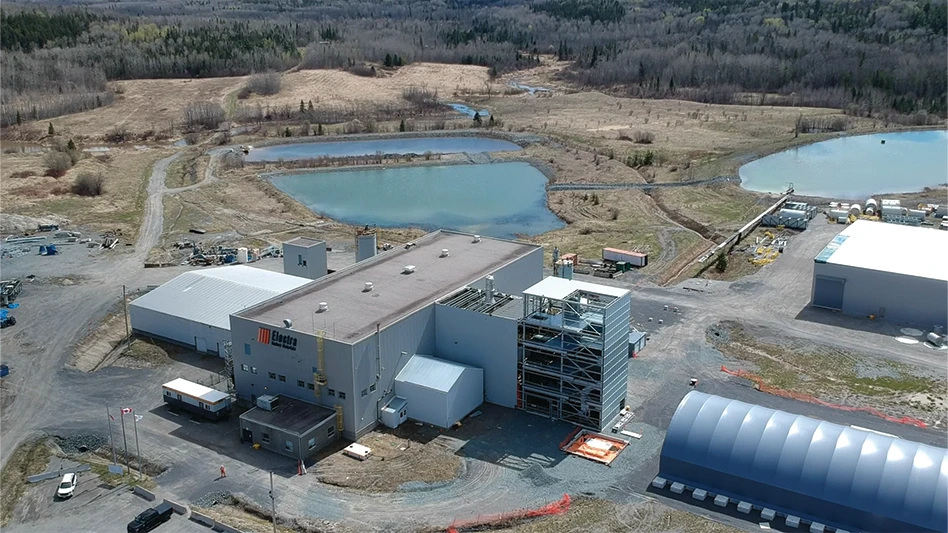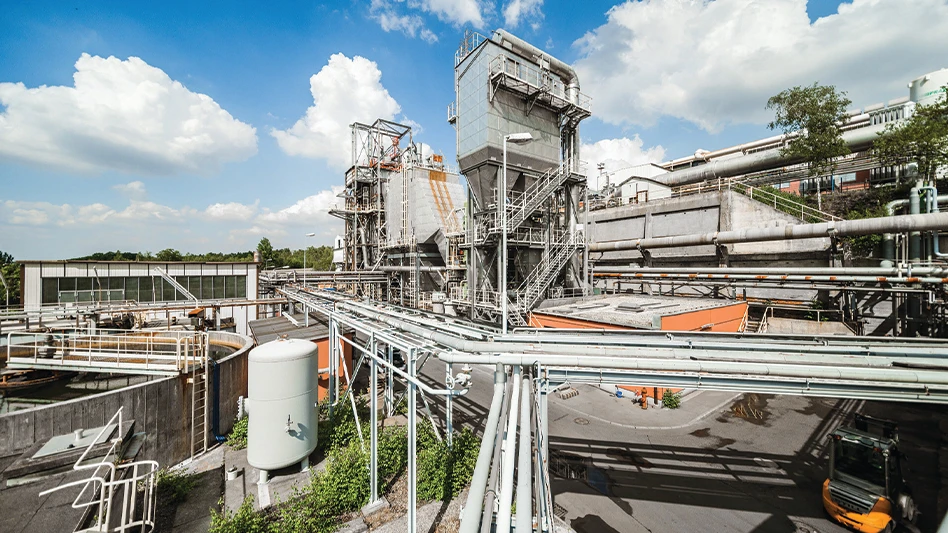
The Wisconsin Institute for Sustainable Technology (WIST) at the University of Wisconsin-Stevens Point released a study called An Assessment of the Economic Contribution of Pulp, Paper and Converting to the State of Wisconsin that found that Wisconsin ranks first in the nation in the number of paper mills, the number of industry employees in the paper industry and the value of the paper products sold.
The report was prepared by WIST, with assistance from the Wisconsin Paper Council. The Wisconsin Economic Development Corp. (WEDC) provided funding for the research and the report.
According to the study, Wisconsin’s pulp, paper and converting industries directly generated $18.2 billion in economic output and employed more than 30,000 workers in 2018. The paper industry’s total contributions to Wisconsin’s economy—including direct, indirect and induced benefits—amounted to more than $28.8 billion and more than 95,000 jobs, the Wisconsin Economic Development Corp. reports in a news release announcing the study.
The study also found that 41 of the state’s 72 counties are home to at least one paper manufacturing business, whether that is a mill or a converter. In some counties, paper manufacturing represents more than 20 percent of local manufacturing activity.
“The paper industry continues to play a key role in Wisconsin’s manufacturing economy,” says Wisconsin Gov. Tony Evers. “The WIST report provides a prime example of how Wisconsin businesses are incorporating innovation and sustainability to maintain our role as a national—and global—leader.”
“We are pleased to have been able to partner with WEDC and WIST on this important economic survey project,” says Scott Suder, president of the Wisconsin Paper Council. “This economic survey is an important tool that we can utilize to highlight the strength and sustainability of our industry to regulators, thought leaders and the public. We want to thank WEDC and WIST for all of their efforts to highlight the importance of the papermaking industry to our state and nation.”
The report concludes that Wisconsin’s paper industry is better positioned than many of its peers to meet demands for new products due to investments in plant upgrades, technological advances and improved worker training.
“Industry leaders say they are optimistic about the future. Growing consumer concerns about the use of plastic, from straws to single-use bags to food packaging, is creating new opportunities for paper-based materials, while the growth of e-commerce, or the ‘Amazon effect,’ has also created opportunities by increasing demand for shipment packaging,” the report states.
Sharing research
Since releasing the report, officials from WEDC have visited three paper plants and the University of Wisconsin-Stevens Point to share the report’s findings. Officials visited ND Paper’s Biron Division, where company officials discussed details of their previously announced $189 million strategic investment to add recycled pulping capacity and convert one of the facility’s two paper machines form lightweight coated papers to containerboard grades.
“We are extremely pleased to contribute to the enduring legacy of pulp and papermaking in the state of Wisconsin,” says ND Paper’s Group Deputy Chairman and CEO Ken Liu. “Our strategic investments establish the Biron Division as a leading North American producer of recycled pulp, packaging grades and printing and writing papers. Furthermore, by utilizing recovered paper as a primary raw material, it serves as a great example of sustainability in our industry.”
Officials also visited the renovated North American headquarters of Ahlstrom-Munksjö, where company officials described the important role specialty paper products play around the world. Officials concluded by visiting Green Bay Packaging in Green Bay, Wisconsin, where construction is underway on a new $500 million mill.
“Green Bay Packaging is proud to be part of Wisconsin’s papermaking past, present and exciting future,” says Matt Szymanski, vice president of mill operations. “Our company’s investment at our Green Bay mill location will incorporate the latest papermaking technology and process design, focusing on employee safety and engagement, environmental stewardship and industry-leading product quality.”
WIST’s report can be read online.
Get curated news on YOUR industry.
Enter your email to receive our newsletters.
Latest from Recycling Today
- Unifi launches A.M.Y. Peppermint, expands Repreve Takeback and ThermaLoop offerings
- Viridor reportedly up for sale
- Clearpoint Recycling adds finance director
- BlueScope cites US downstream write-off in earnings comments
- US Steel explosion kills two
- Sicon EcoShred Wiretec designed to recover metal from ICW
- Cleveland-Cliffs applauds tariffs expansion
- Tomra Recycling appoints VP of sales Americas







